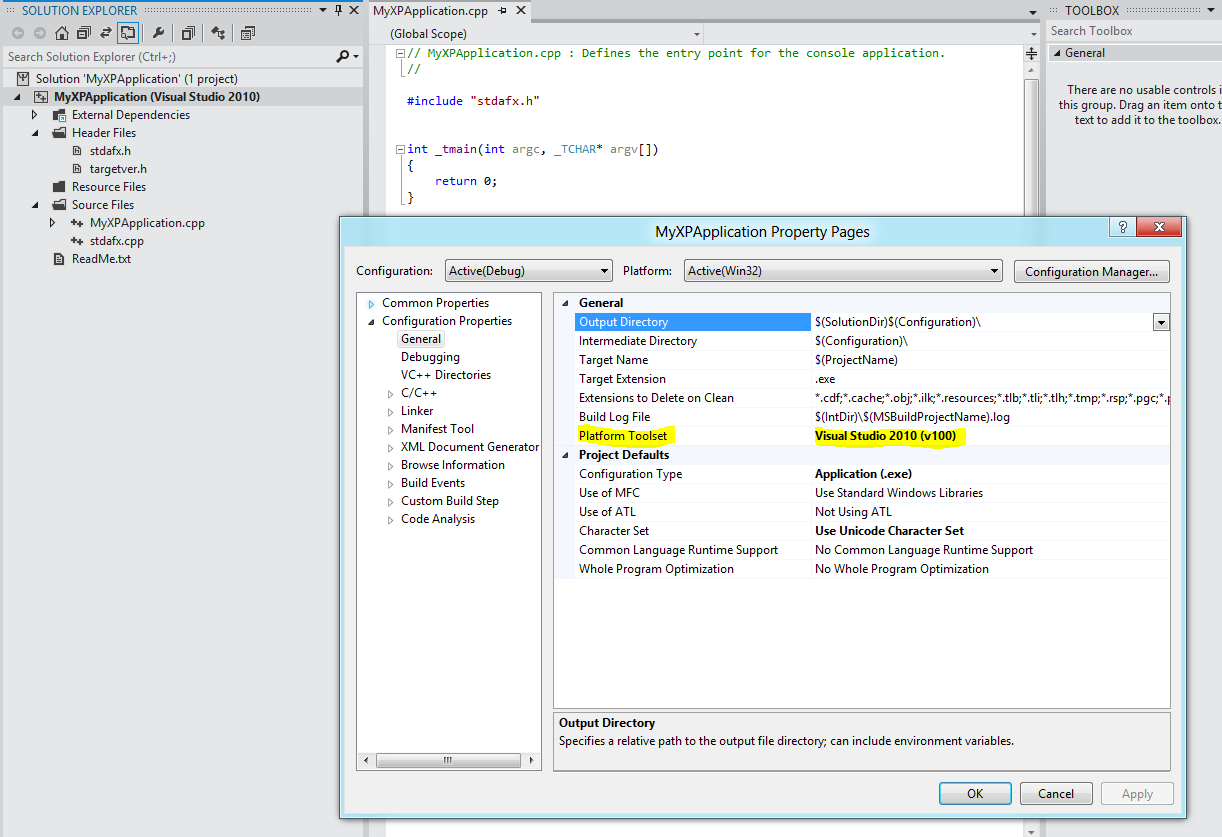

In the Custom Resource Type dialog enter RT_MANIFEST and click OK.
 Click the Import button and browse to your manifest file similar to the one we created above, select it, and click Open. Right-click on the top node and select Add Resource. You should see tree view with nodes like Dialog, Icon, and Version. Browse to the setup.exe bootstrap application for a Windows Installer project, select it, and click Open.
Click the Import button and browse to your manifest file similar to the one we created above, select it, and click Open. Right-click on the top node and select Add Resource. You should see tree view with nodes like Dialog, Icon, and Version. Browse to the setup.exe bootstrap application for a Windows Installer project, select it, and click Open.  In Visual Studio click on the File menu and Open. Since the setup.exe bootstrap application that Visual Studio creates when building a Windows Installer project (if you’ve opted to build a bootstrap application) doesn’t embed a manifest either you can use that for the next procedure. msi file on Windows XP and newer and you’ll see a UI similar to the second dialog above. Save that to a file named and save it in the same location as msiwait.exe. You can, however, use similar content as that above, changing the name attribute from “MSIExec” to something else like “MsiWait”, and the to something appropriate like “Bootstrap to wait for a previous installation to finish”. Since my sample application wasn’t linked with a resource file originally it’s not straight-forward to add the manifest. You can also use manifests for registration-free COM. Manifests allow you to isolate applications and use different versions of libraries at the same time for different applications, even redirecting version policies much like you can with.
In Visual Studio click on the File menu and Open. Since the setup.exe bootstrap application that Visual Studio creates when building a Windows Installer project (if you’ve opted to build a bootstrap application) doesn’t embed a manifest either you can use that for the next procedure. msi file on Windows XP and newer and you’ll see a UI similar to the second dialog above. Save that to a file named and save it in the same location as msiwait.exe. You can, however, use similar content as that above, changing the name attribute from “MSIExec” to something else like “MsiWait”, and the to something appropriate like “Bootstrap to wait for a previous installation to finish”. Since my sample application wasn’t linked with a resource file originally it’s not straight-forward to add the manifest. You can also use manifests for registration-free COM. Manifests allow you to isolate applications and use different versions of libraries at the same time for different applications, even redirecting version policies much like you can with. 
The causes the loader to bind to the Common Controls 6 assembly which includes the rich controls that made their debut in Windows XP. When you extract it as (or anything really, but the name is important for external manifests) and open it you’ll see the following: If you open the item identified as 1 as binary data you’ll see what looks like XML. If you open msiexec.exe in Visual Studio, for example, you’ll see a resource section called RT_MANIFEST. The difference between the two executable is that msiexec.exe has an embedded manifest to bind to the Common Controls 6 side-by-side native assembly, while my sample application msiwai.exe has no such manifest and, thus, uses the last Common Controls version prior to Windows isolated application and side-by-side (WinSxS) support introduced in Windows XP. msi file is launched from Windows Explorer, thus using the default handler, msiexec.exe. The second dialog is displayed when the sample. msi file using the msiwai.exe program I detailed before. The first dialog is displayed when launching a sample. Notice the differences between the following two dialogs from the same Windows Installer package on the same Windows XP machine.








 0 kommentar(er)
0 kommentar(er)
